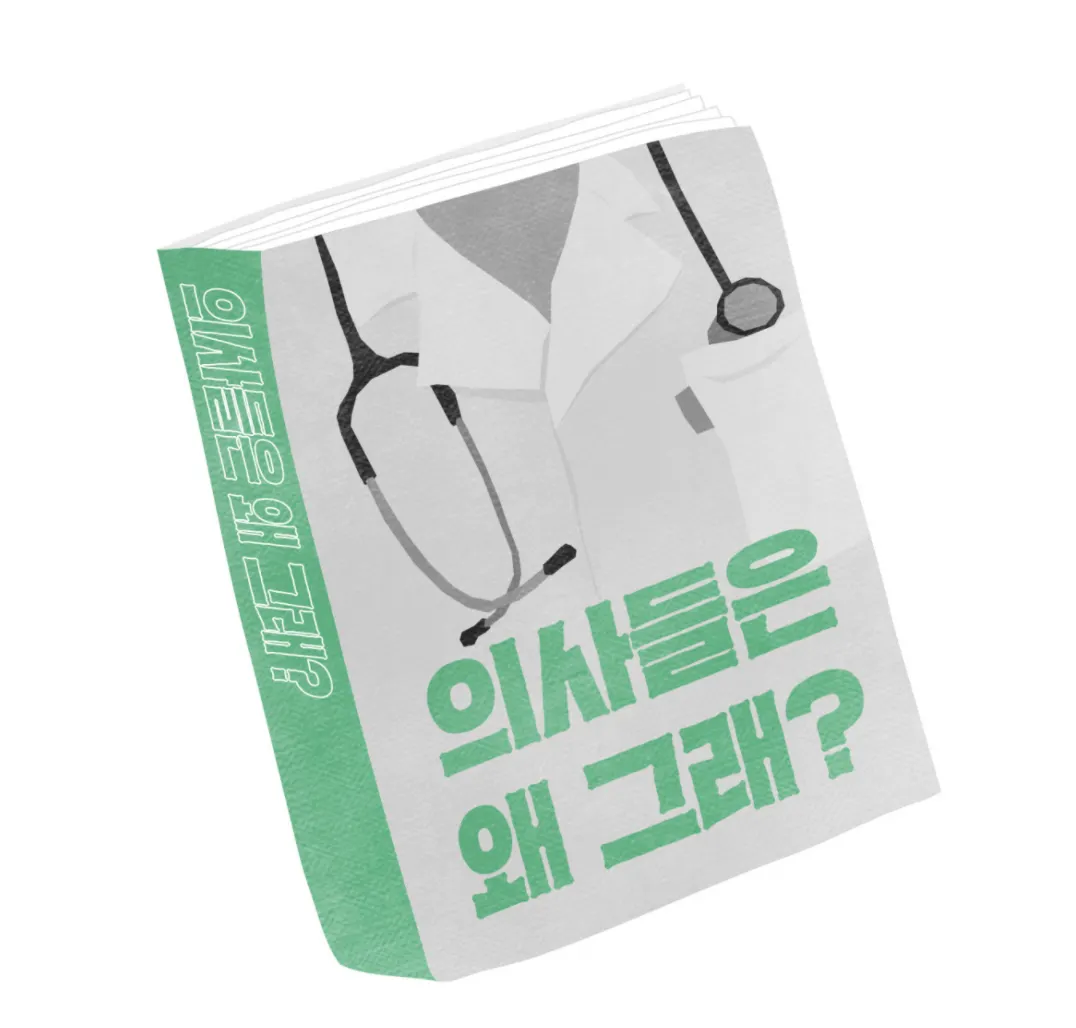In the summer of 2020, young Korean doctors went on a strike. They were angry over government plans for new public medical schools and hospitals. These young doctors claimed new medical schools and hospitals won’t solve the systemic problem: a mismatch between private hospitals and national health insurance.
National Health Insurance in Korea is the sole buyer of all medical procedures that are deemed essential by law. Medical institutions cannot reject services to patients with NHI, and most treatments are under a strict price control. However, these institutions are run privately, without much funding from the government. The major hospitals have accumulated a huge chunk of deficits and ended up hiring only essential number of doctors and nurses. The burden heavily fell on young doctors working 80+ hours a week.
However, many Koreans were skeptical of doctors striking. They were distrustful, thinking doctors avoid seeing patients in the critical days of pandemic for money. They viewed doctors as an interest group, lobbying and blackmailing the government for concessions. Doctors in Korea have a reputation for being smug, authoritarian and unfriendly to patients, and that image was now backfiring at doctors.
Although they had major PR disaster moment, with their elitism and bigotry seeping out in a leaked group chat conversation, I felt that doctors had a point, the more I followed the news. For the story, I wanted to find a doctor with a right heart. With an apologetic tone, I wanted them to write a thorough explanation on the adverse working conditions that have rendered them into grumpy, mean service workers.
That’s when I ran into Dr. Sun Young Kim’s blog. As an oncologist, she published essays on her daily encounters with patients. She was good at mixing her personal anecdotes with systemic problems in the country’s healthcare system. Her essay compilation on losing her father to cancer exudes empathy for those who are suffering.
She was first doubtful that she can write such a book. However, after long persuasion thorough emails, Zoom calls and text messages, Dr. Kim finally said yes. Below are the translated introduction and table of contents. The book is entirely in Korean.
Introduction
In a society where doctors are not trusted, its capabilities of responding to medical emergency are threatened. We saw this during the pandemic. Busy Korean citizens cannot spare time to learn about doctors’ real problems. Frustrated doctors are tired of repeating what the problem is. But it is still doctors who have to explain. In this book, a medical professional of 20 years tells us the real story from hospitals, admitting she too have always been a part of the problem.
Table of Contents
Prologue
Doctors in a collective burnout
Chapter 1
Why do doctors avoid essential care?
The backbone of major hospitals is shaking
Engineers who wanted to be patients’ companions
NHI: Paid Expenses and Non-paid expenses
The relationship between resident application rate and fertility rate
What can be done to stop doctors from leaving hospitals
Chapter 2
Why are doctors rude?
Time allowed for medical consultation: Three-minutes
Doctors taking communications classes
Correlation between kindness and patient safety
Side Effects of Adapting to the malfunctioning system
Doctor's work
Chapter 3
Why can’t doctors spend time with inpatients?
The other side of cheap labor
The Special Act and PA Nurses
A society that recommends hospitalization
Hospitalization specialist
Crisis of care
Chapter 4
Why aren't doctors trusted?
The power imbalance between patients and doctors
Why trust is lost
Collective authoritarianism and the patient's right to know
The age of open notes
Surveillance cameras in operating rooms
Epilogue
Message from “The Doctor”




